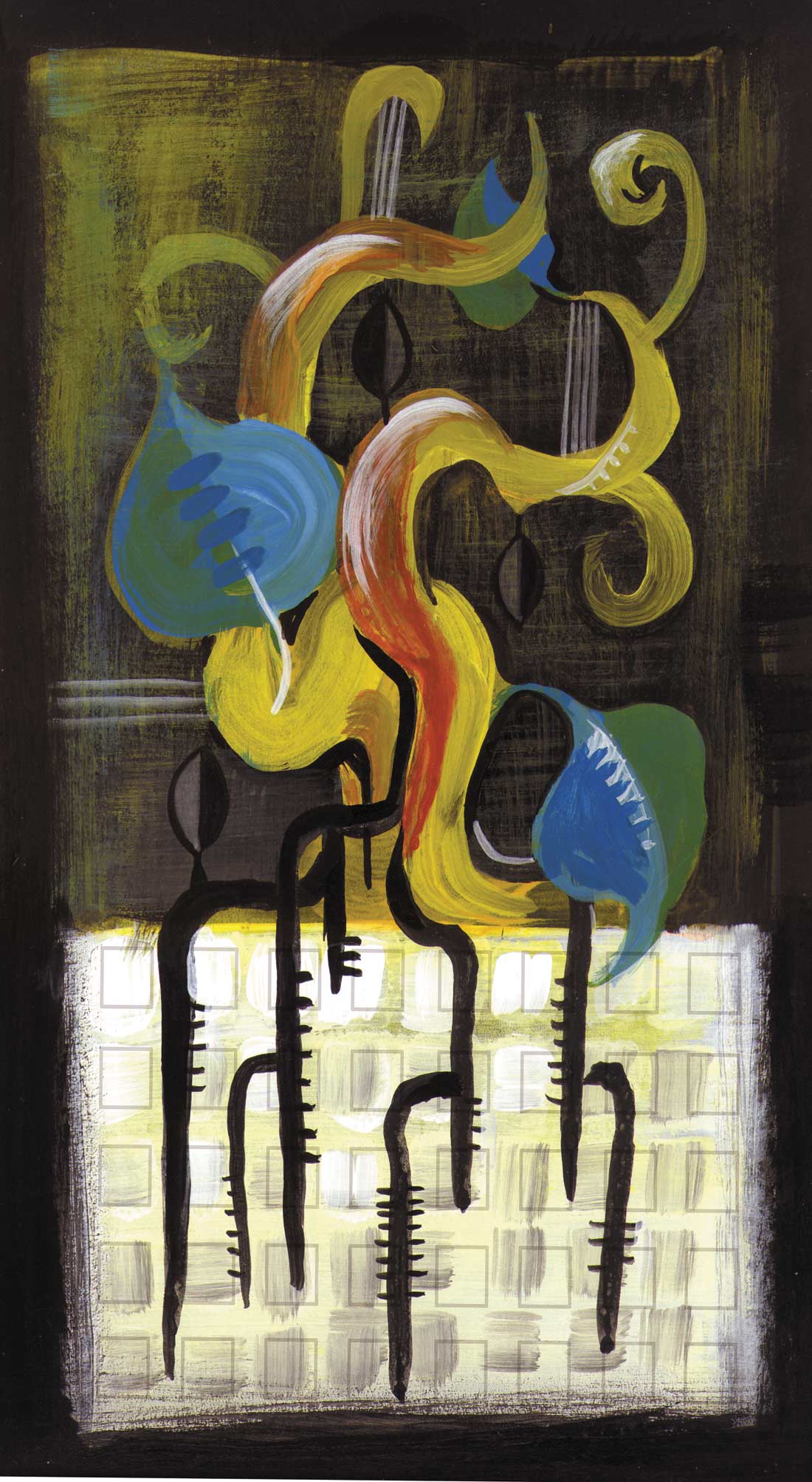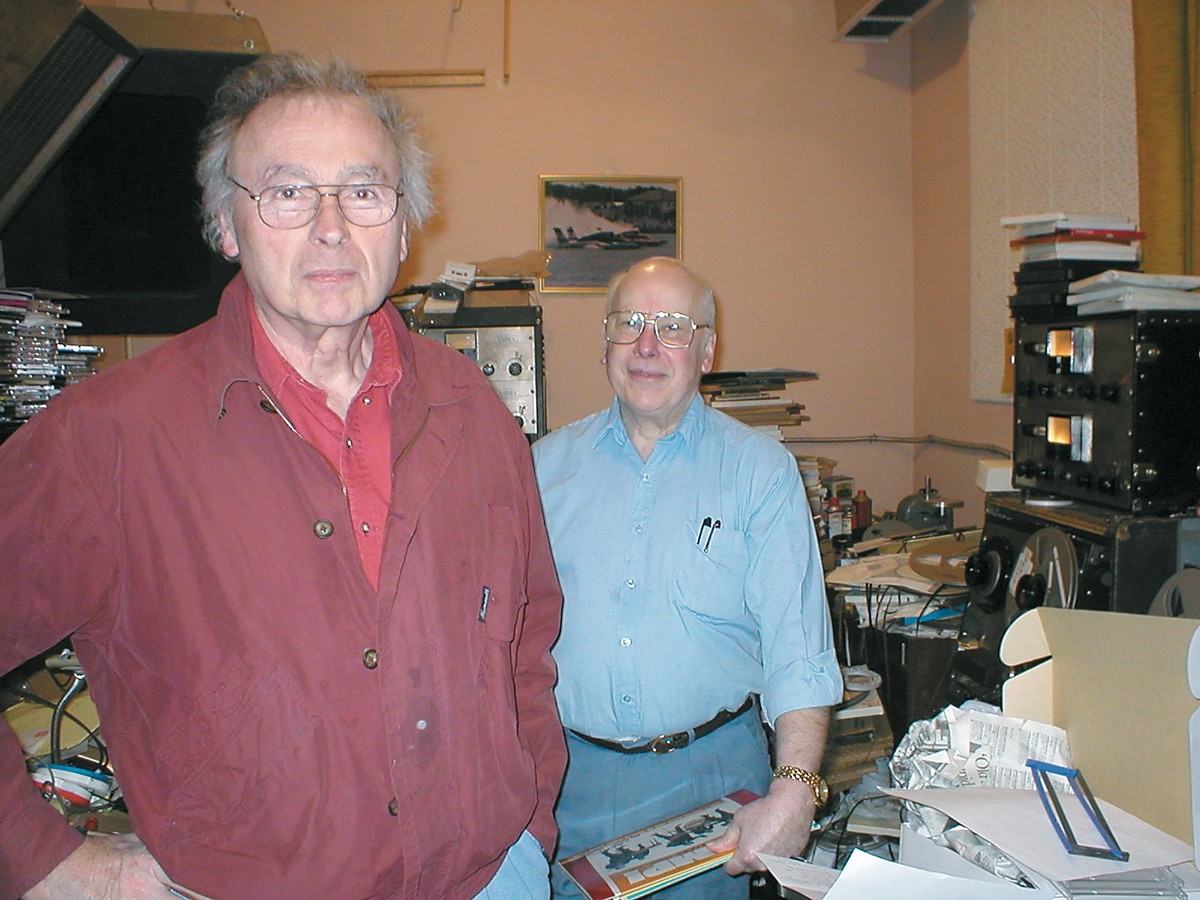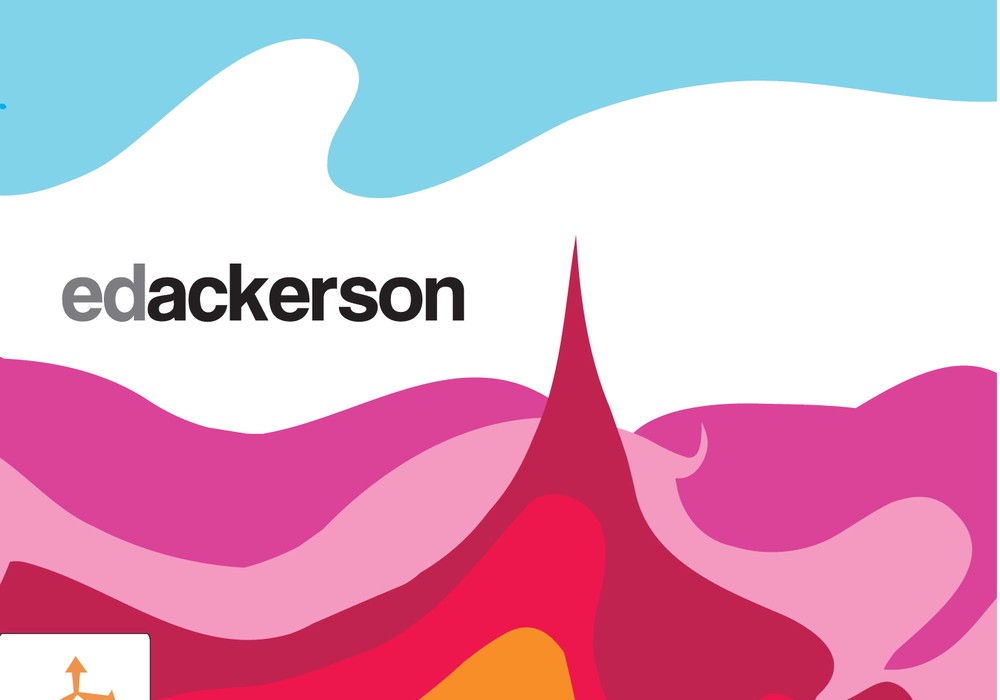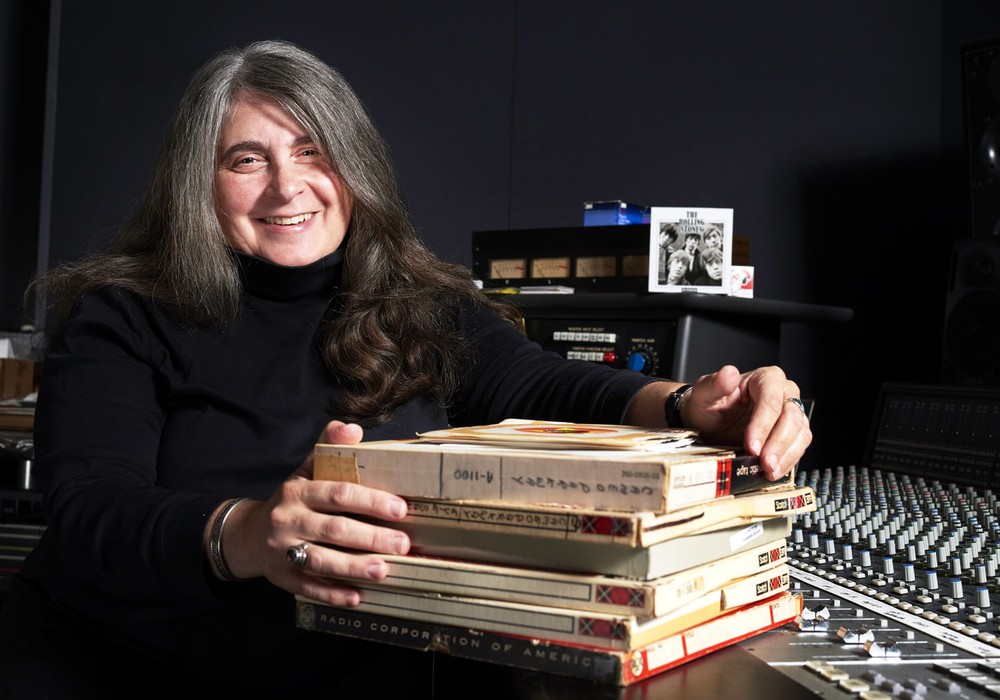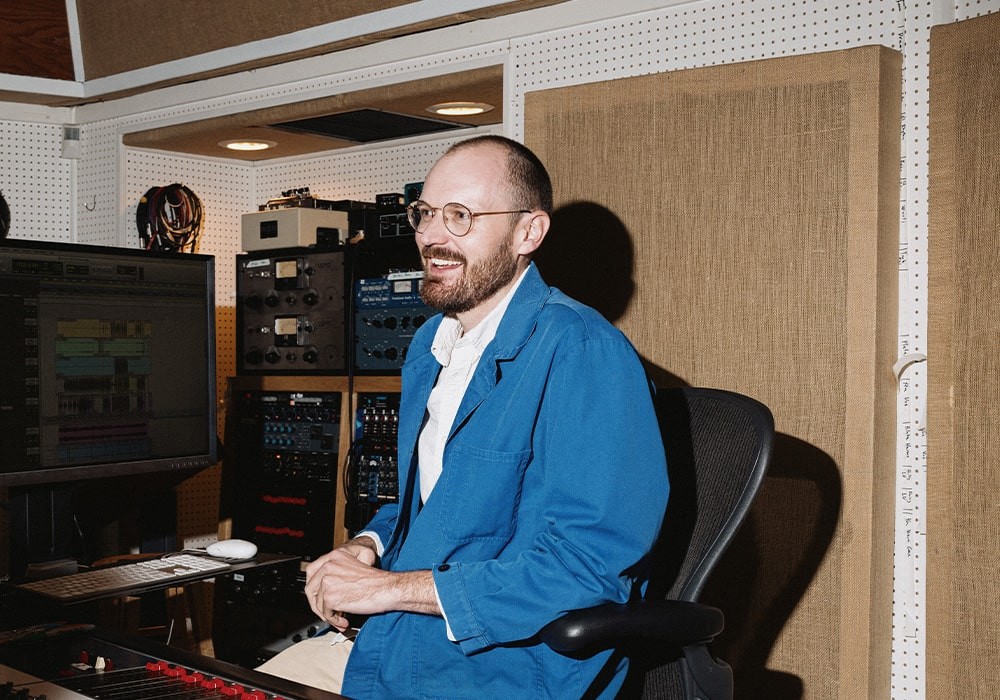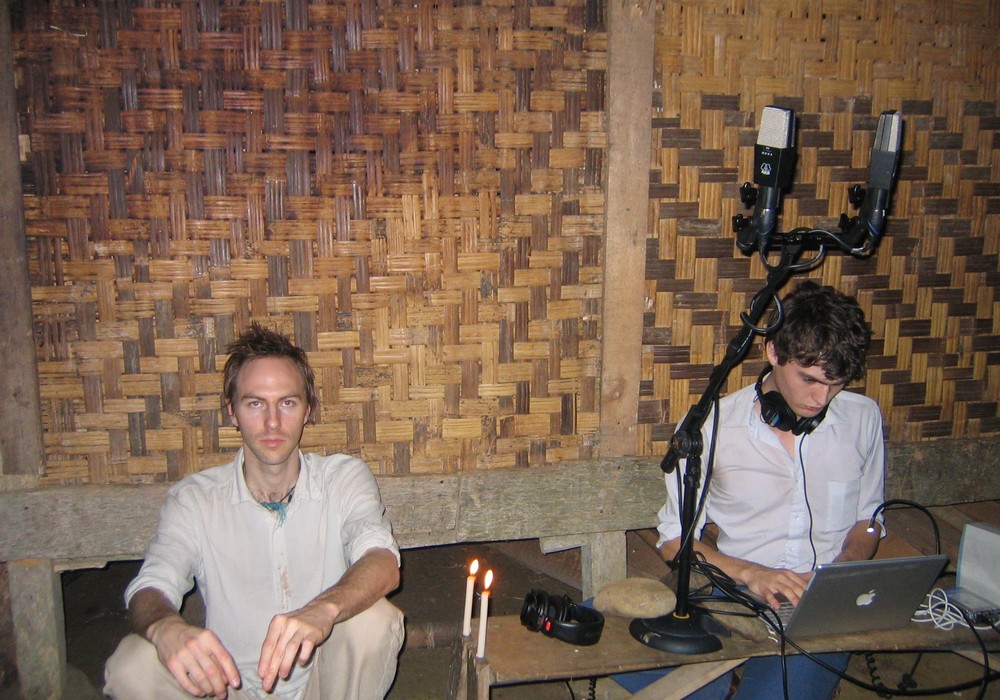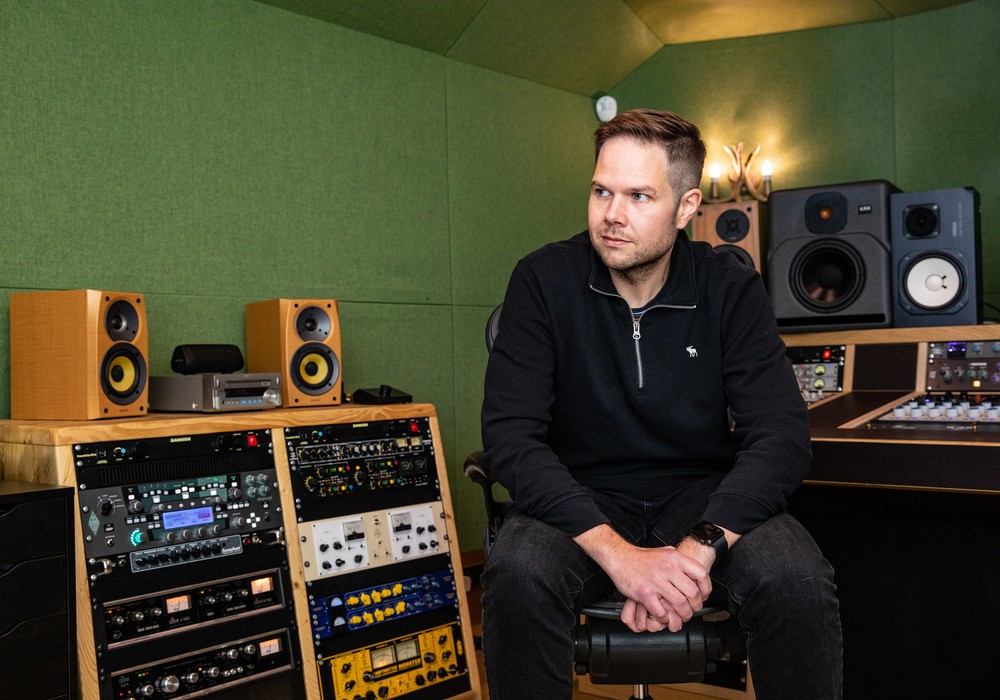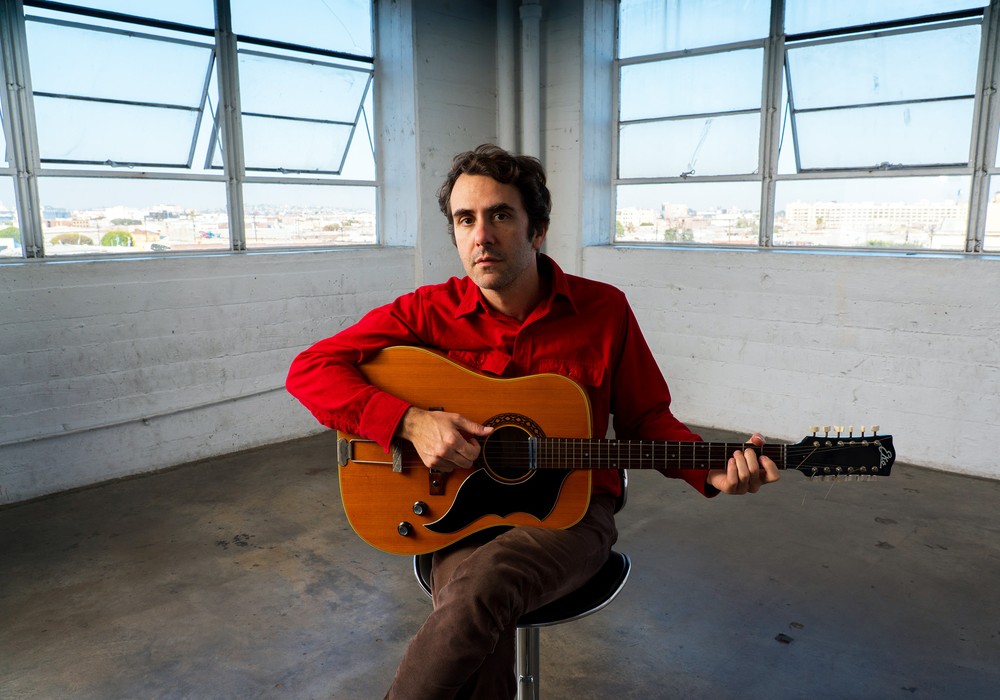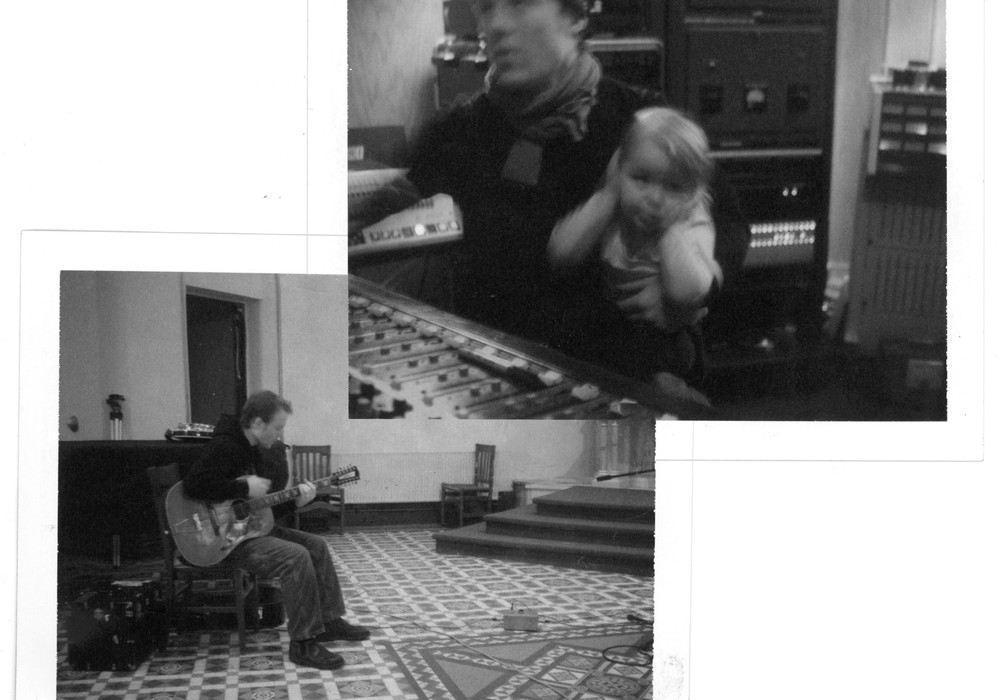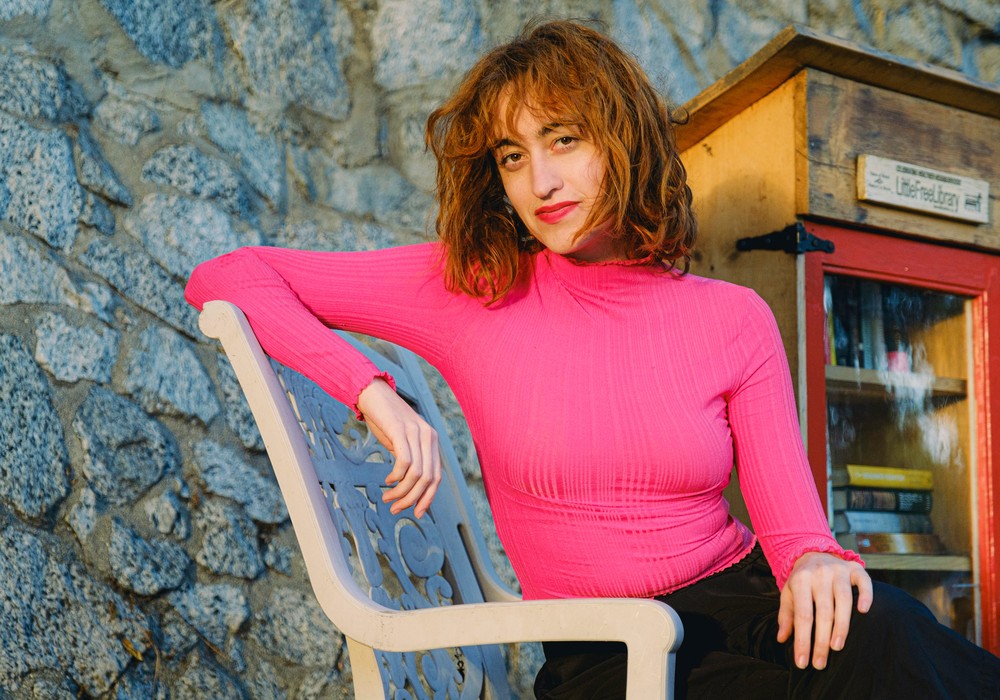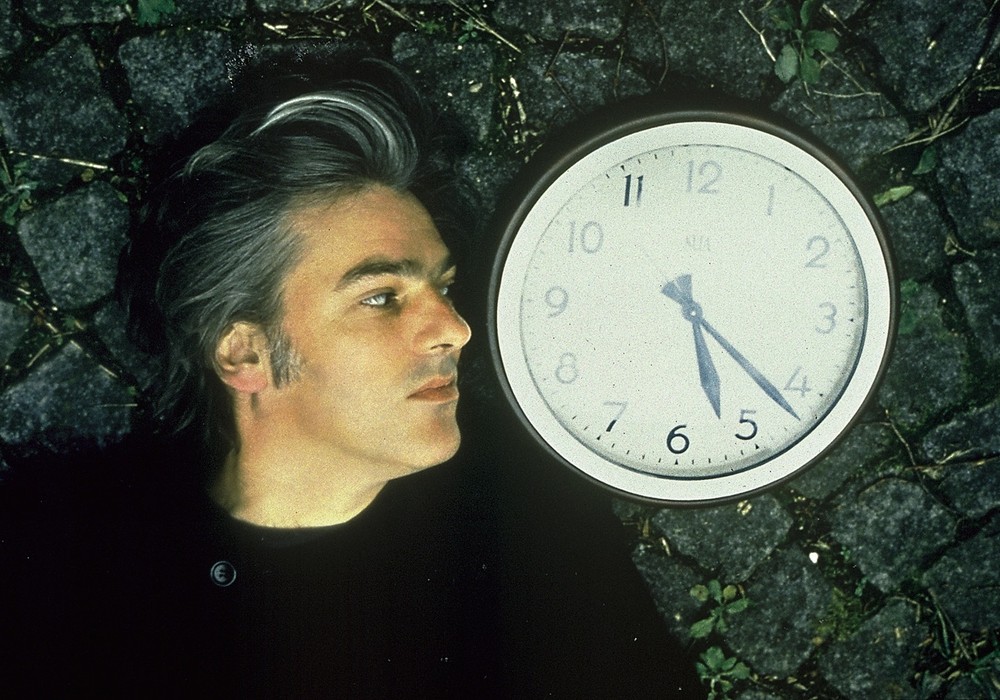Glenn D. White has had a long and varied career in acoustics, sound reinforcement, education, studio design and piano and organ repair spanning over 40 years. He has worked with people such as Kearney Barton [Tape Op #83] (of Audio Recording, Inc.) and acoustics genius Paul Veneklasen — and he also did the sound for The Beatles at the Seattle Coliseum in August of 1964! He also wrote a textbook called, The Audio Dictionary (UW Press) that is now going into its third edition. All in all quite a range of experience for someone who was born on a wheat farm in Kansas and grew up on Queen Anne Hill in Seattle. With a wry sense of humor, he sat down and answered my many questions.
Where did you go to school?
I went to the University of Washington, majoring in Physics. I got my degree in 1955.
Were there classes in acoustics and how did you find out about them?
I investigated the Physics Department at the University of Washington and I found out that Professor Kenworthy was an acoustician. I read a couple of the papers he had written for the Acoustical Society of the American Journal, and I thought he was a really sharp guy. I was offered a scholarship at Wazzu (Washington State University) for their Physics Department, but they didn't have any acoustics guy and they didn't have any Acoustics curriculum either. It wasn't that expensive to go to school in those days and I lived on Queen Anne Hill with my folks... Dr. Kenworthy was my advisor.
What was your first job?
The first real job that I had after I graduated was at the Boeing Company. I had hoped to be able to get a job in their Acoustics Lab, but they were not hiring anybody at the time. However, right next door to it was the Vibration Lab, in the same building (this was at the old Plant 1 building Boeing facility), so I took a job in the Vibration Lab. They had an opening in the Tape Room, which is where they did Data Analysis (handling all the data that has been recorded on tapes. Mostly data from accelerometers and velocity probes and occasionally microphones). I liked that — I knew how tape recorders worked. I stayed there for about 8 years. When I left there (Boeing), I was in charge of Instrumentation for their Environmental Test Lab.
Why did you leave your first job?
I left my first job to become the first sound engineer at the Seattle Center, the location of the Seattle World's Fair of 1962. That's the first I had heard of Paul Veneklasen, who was doing the acoustics at the Opera House. The Opera House was going to look for a sound engineer to work with Veneklasen, to do some more acoustical changes at the Seattle Center and also to be in charge for sound reinforcement for the entire Seattle Center.
Who was Paul Veneklasen?
He was an acoustician who lived in Santa Monica, and he studied at UCLA. He had been a student of Vern Knudsen, who was the relatively well-known acoustician that had worked with Harvey Fletcher [of Fletcher-Munson fame]. Paul Veneklasen and I had a nice relationship because we seemed to speak the same language and we seemed to think the same way — I learned a tremendous amount about acoustics from him. He was really my mentor in architectural acoustics. Kenworthy was a theoretician, and I got all the theory and all the rigor from him, but as far as practical acoustics was concerned Veneklasen is where I really learned that.
What effect did working with Paul Veneklasen have on you?
It taught me a tremendous amount about auditorium acoustics. Also about the politics of dealing with architects, which was (and still is) a real problem with a lot acousticians. Mostly he was my mentor.
How long did you work at the Seattle Center? What was your most significant experience there?
I was there for five years [1963-1968]. The most memorable experience was when I was doing the sound for The Beatles in 1964 in the Seattle Center Coliseum. The Beatles sent two guys from New York ahead of them. They asked me about the sound system, and they said, "Can you augment the system to make it just as loud as possible. Getting the music over the noise of the audience is going to be really difficult." And I said, "Well yeah, we have quite a bit of equipment around here, so we can add to the system." All of our amplifiers in those days were 80 watt tube amplifiers. So I added three Altec/Lansing 300 Hz two cell horns (model 203, on 288 C Altec drivers). I put two of those, one on top of the other, facing one of them back to cover the far end of the auditorium, the other one facing down a...
